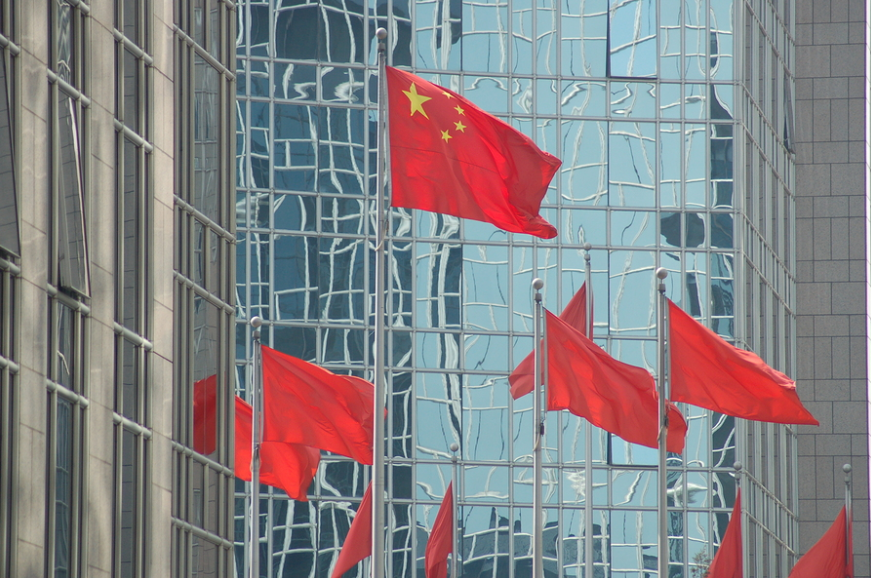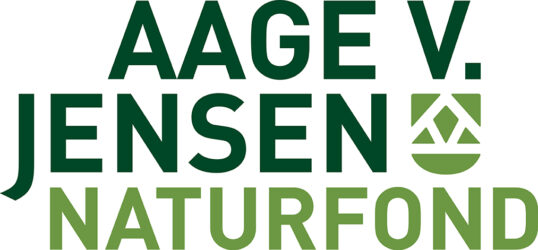ABN Amro maner til forsigtighed i vurderingen af den kinesiske vækst. Ganske vidst vurderer regeringen, at væksten bliver relativ lav på 6 pct. – lavere end f.eks. ABN Amro forudser – men en række tal tyder på langt højere vækst. Men de kan let skyde over målet, mener ABN Amro, der påpeger, at Kina satser på kvaliteten i væksten og på at sikre en mere holdbar finanssektor med flere investeringer i den teknologiske udvikling. Udenlandske virksomheder får bedre investeringsmuligheder i Kina, og de mindre virksomheder får endnu flere finansieringsmuligheder.
Uddrag fra ABN Amro:https://insights.abnamro.nl/en/2021/03/china-watch-dont-get-fooled-by-high-annual-growth-numbers/
China Watch – Don’t get fooled by high annual growth numbers
National People’s Congress signals shift away from growth targeting
On 5 March the Chinese government has adopted a growth target of ‘above 6%’ for 2021, which is rather conservative compared to the consensus forecast (8.4%) and our own estimate (8.5%). Due to the strong base effect stemming from the first quarter of last year (when real GDP contracted by 9.8% qoq and 6.8% yoy), annual growth will be extremely high in Q1-21.
In our view, this conservatism reflects the fact that China’s economy has been leading the recovery from the covid-19 collapse, with real GDP growth in Q4-20 at 6.5% even higher than the latest pre-corona number. That has created more room for policy makers to focus on other important goals, such as financial derisking and containing overall leverage, normalising public finances, and environmental protection.
Moreover, it signals that for Chinese policy makers numerical growth targets are losing importance compared to ‘quality of growth’ indicators. Striking in that respect was the fact that – for the first time – the government did not include a numerical growth target in its 14th Five Year Plan (covering 2021-2025).
More room for ‘high-quality’ growth
Beyond economic stabilisation, leverage control and a normalisation of macroeconomic polies, the government’s work plan for 2021 emphasises the importance of domestic innovation in high-tech industries (in line with the 14th Five Year Plan covering 2021-2025 announced in October 2020). The government aims to develop infrastructure and logistics systems favourable to new connectivity technology (including 5G).
Beijing is also indicating a further opening up of Chinese markets to foreign direct investment, although that will likely continue to be operated in a targeted way (with China being particularly keen to attract FDI in sectors such as advanced manufacturing, high tech, energy saving and environmental protection).
Beijing also announced it will take legal steps against foreign sanctions and investment screening over national security concerns. Strengthening domestic demand (part of the so-called dual circulation strategy introduced last year), high-quality urbanisation, revitalising rural areas, facilitating foreign trade and investment and environmental protection/decarbonisation are key policy goals as well.
Annual growth data for January/February ‘distorted’ by large base effect
Meanwhile, the monthly activity data for January-February combined were published earlier this week. Industrial production and retail sales came in a bit better than expected, while urban fixed investment was weaker than consensus expectations. Industrial production was reported at 35.1% yoy ytd (consensus: 32.2%). Retail sales came in at 33.8% yoy ytd (consensus: 32.0%). Urban fixed investment grew by 35.0% yoy ytd (consensus: 40.9%). As mentioned earlier, these strong annual growth data do not tell much about current momentum, as they largely reflect the very weak base from a year ago when China was in lockdown for several weeks following the initial spread of the corona virus.
Other data tell a less bullish story. China’s Purchasing Managers indices (PMIs), both from Caixin and NBS, weakened for a third consecutive month in February. The surveyed unemployment rate in urban areas rose back to 5.5% (December: 5.2%), although remaining below the corona-related peak of 6.2% in February 2020. This weakness is partly driven by the impact of the new regional lockdowns and tighter mobility restrictions, but also by the projected decline in the contribution of net exports and the turn in the policy cycle.
Monetary policy: more focus on financial derisking, with targeted support for SMEs
With the economy having recovered from the covid-19 collapse and the pace of leveraging up having risen again last year, the government has put financial derisking and containing leverage higher on its priority list. This is visible in a renewed slowdown of overall lending growth in the second half of 2020, after an uptick following the covid-19 shock.
It is also visible in a renewed crackdown on shadow banking and a more hawkish approach versus fintechs and other platforms. We expect this trend to continue in the course of this year. According to the government’s work plan, monetary policy will be normalised this year.
Despite the shift in focus, the government will continue with targeted support for SMEs and sectors hit relatively hard by the pandemic (such as transport and the hospitality sector). Bank lending to SMEs (supported by government policy) is targeted to grow by at least 30% this year, following a 40% contraction last year. The inflation target has been cut from 3.5% in 2020 to 3.0% for 2021, equal to the target set in pre-corona years.
Exports outperformance contributes to bottlenecks, some moderation in freight rates
Earlier this month, China’s foreign trade data came in better than expected. Exports in dollars over January-February rose by a stunning 60.6% yoy compared to last year (consensus: 40.0%), while imports in dollars rose by 22.2% compared to the same period in 2020 (consensus: 16.0%). Also here, the yoy figures do tell more about last year’s collapse than about the current momentum.
That said, as we have indicated before, China’s exports have performed remarkably well following the covid-19 shock, profiting from pandemic specific demand for medical supplies, computer products and goods that can be bought online (sectors in which China is well positioned). The acceleration in China’s exports has clearly outperformed the rebound in global trade last year, while Chinese exports have also grown faster than Chinese imports.
China’s export outperformance is one of the factors that has contributed to (China-centered) logistical bottlenecks in international shipping, partly related to inelasticities in the supply of container (ships). This has contributed to a surge in freight rates, particularly for goods sent from Chinese ports, and a general lengthening of delivery times in manufacturing (see for more background our recent Global Trade Watch, Bottlenecks may cap rebound).





















